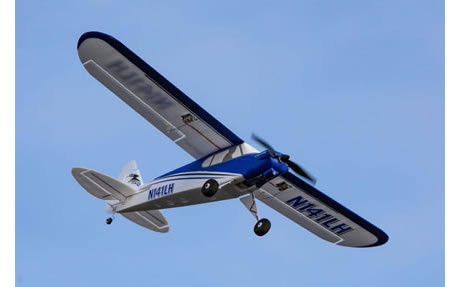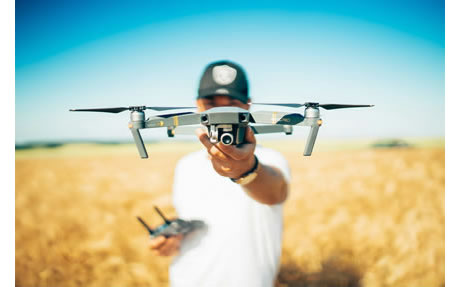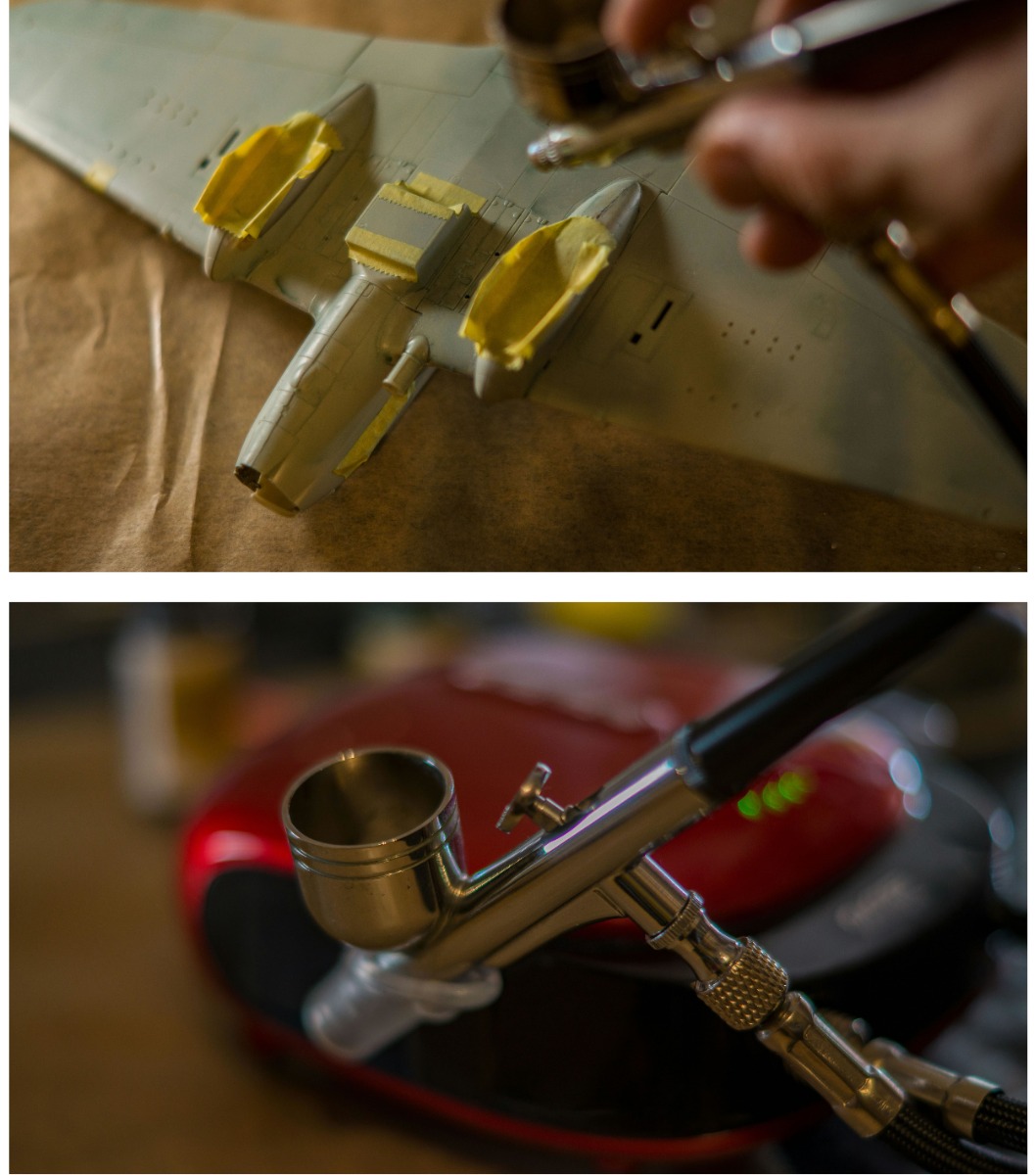Kovozavody Prostejov 1/72 Avro 504K 'Japanese users' # 72461
The Avro 504K, a versatile and widely used variant of the Avro 504 biplane, played a notable role in the early development of Japanese aviation.
Introduced in the post-World War I era, the 504K was adopted by Japan for both military and civilian purposes, helping to lay the foundation for the country's burgeoning aviation industry.
Introduction and Adoption in Japan:
In the years following World War I, Japan sought to modernize its military and industrial capabilities, with a particular focus on aviation.
The Avro 504K was imported into Japan as part of this effort, and it quickly became a popular aircraft for both the Imperial Japanese Army Air Service and the Imperial Japanese Navy Air Service.
Japan was keen to develop a strong aviation sector, and the 504K was seen as an ideal aircraft for training new pilots and testing early aviation concepts.
Roles and Operations:
The primary role of the Avro 504K in Japan was as a trainer aircraft.
It was used extensively to prepare pilots for more advanced and complex aircraft, given its forgiving flight characteristics and reliability.
The aircraft's simple design and ease of maintenance made it well-suited for the training environment, allowing Japanese aviators to gain the skills needed for the rapidly advancing field of aviation.
In addition to its role as a trainer, the Avro 504K was also used for reconnaissance and light communication duties.
The versatility of the aircraft allowed it to be employed in various capacities, including coastal patrols and observation missions.
The 504K’s adaptability to different roles demonstrated its value to Japanese military aviation during a period of significant growth and change.
Impact on Japanese Aviation:
The introduction and use of the Avro 504K had a lasting impact on the development of Japanese aviation.
It served as a platform for learning and innovation, helping to train a generation of Japanese pilots who would go on to fly more advanced aircraft in the years leading up to World War II.
The knowledge and experience gained from operating the 504K contributed to Japan's growing expertise in aircraft design and production, eventually leading to the development of indigenous aircraft.
Moreover, the Avro 504K’s presence in Japan also influenced the country's aviation industry, as Japanese manufacturers studied and drew inspiration from its design.
This contributed to the early stages of domestic aircraft production, which would become increasingly important as Japan moved towards self-sufficiency in aviation technology.
Legacy:
The Avro 504K’s service with Japanese users is a testament to the aircraft’s global influence and its role in shaping early 20th-century aviation.
In Japan, the 504K was more than just a training aircraft; it was a symbol of the country’s aspirations in aviation and a crucial step in the development of a powerful and independent aviation industry.
The legacy of the Avro 504K in Japan is reflected in the skilled pilots it trained and the foundational role it played in the evolution of Japanese military and civil aviation.























 Spread the cost with Paypal Credit
Spread the cost with Paypal Credit
 Spread the cost with Klarna
Spread the cost with Klarna




























